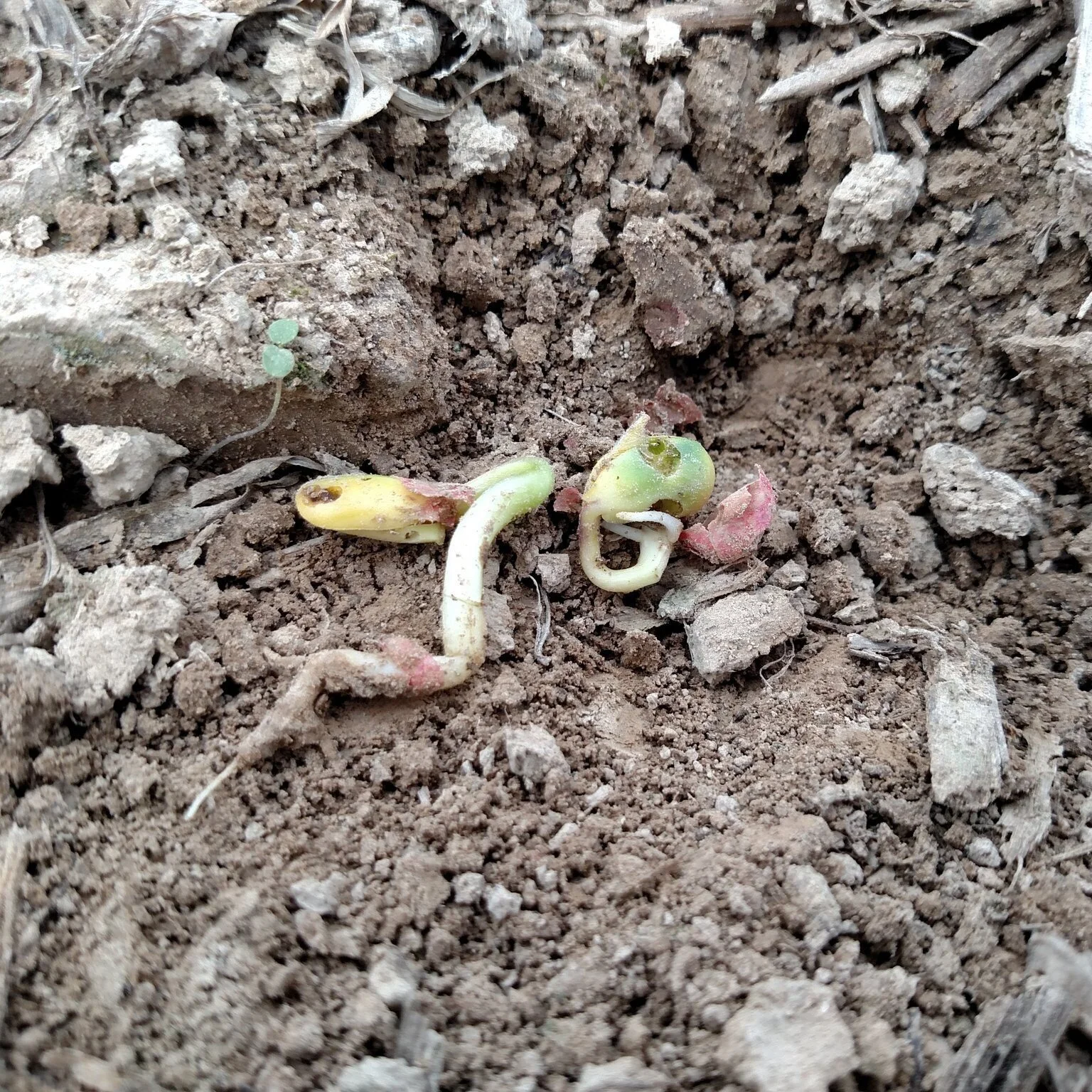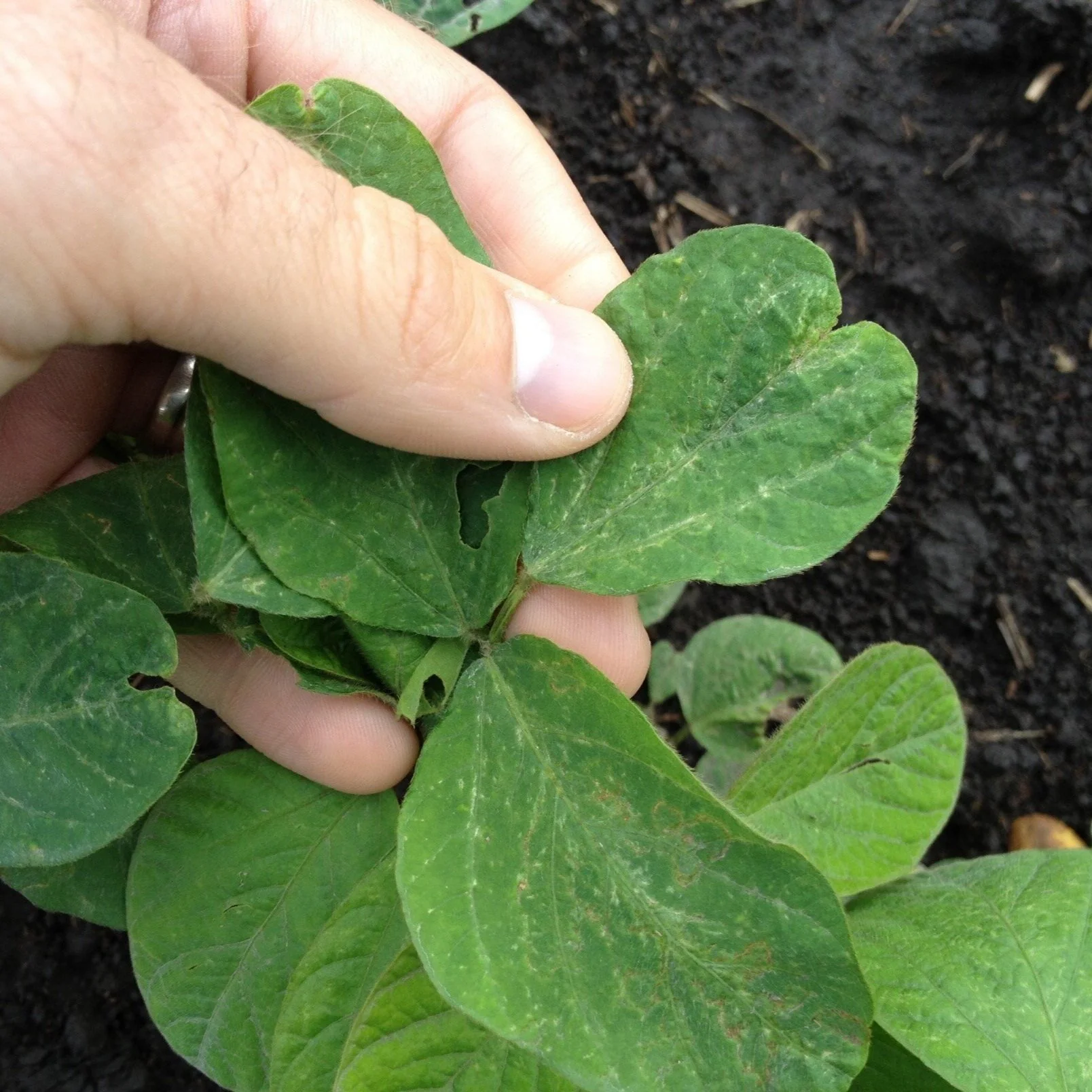The March 2021 World Agricultural Supply and Demand Estimates (WASDE) report was largely expected to be a bit of a sleeper. But keeping true to form over the past year, USDA surprised markets by forecasting higher Brazilian soybean production instead of slightly lowering that total. The World Agricultural Outlook Board (WAOB) added 36.7 million bushels of output to Brazil’s soybean crop.
Read MoreCover crops can provide producers a variety of benefits including nutrient cycling , soil cover, nitrogen fixation and pollinator food sources. These cover crops come in many types, including grasses, legumes (mostly clovers) and brassicas (generally tillage radish and rapeseed). However, cover crops represent a “green bridge” throughout the fall and early spring that may facilitate the movement of insect pests and plant pathogens into above- and below-ground plant structures. Furthermore, cover crops may increase soil moisture and lower soil temperature compared with tilled fields at planting, resulting in more favorable conditions for seedling disease development.
Read MoreMarch 15 is the deadline to enroll in the Price Loss Coverage (PLC) or Agriculture Risk Coverage (ARC) programs for 2021. Program enrollment, which farmers can do on a commodity-by-commodity basis, is required to participate in the programs this year. ARC and PLC are Title I commodity safety net programs established in the 2018 farm bill. For the 2021/22 crop year, farmers can change their coverage options from what they selected in 2019 for each of the commodities and base acres enrolled.
Read MoreLSU AgCenter weed scientist Dr. Donnie Miller says his research with Dual Magnum, Warrant and Outlook Residual herbicides has shown no real difference in weed management.
“Nor did we see a difference in our timing of applications,” says Miller. “We tried to limit our applications to two, where we put the materials down pre-emergence and we followed up later post-emergence with just RoundUp Plus, Xtend A Max or Enlist Duo an Enlist soybeans over the top.”
Read MoreThe U.S. Department of Agriculture (USDA) is extending the deadline from March 5 to April 9 for agricultural producers to apply for the Quality Loss Adjustment (QLA) Program because of recent winter storms and some clarifications to program rules. This program assists producers who suffered crop quality losses due to qualifying 2018 and 2019 natural disasters.
Read MoreLSU AgCenter/Extension Service Weed Scientist Dr. Donnie Miller has been studying Dual Magnum, Warrant and Outlook residual herbicides and how they affect soybean crops.
Read MoreRising demand is creating both problems and opportunities across an emerging supply chain for the fuel, one small example of how the larger transition to green fuels is upending the energy economy. A renewable diesel boom could also have a profound impact on the agricultural sector by swelling demand for oilseeds like soybeans and canola that compete with other crops for finite planting area, and by driving up food prices.
Read MoreI am hearing that producers may plant soybean in fields that have not been planted to soybean during the last few years. Soybean plants have the ability to fix nitrogen, however, the seed should be inoculated with Bradyrhizobium japonicum bacteria when planting into fields that were not planted to soybean for the previous 3 – 5 years.
Read MoreWhat a difference a year makes. In 2020, the spring crop insurance prices for corn, soybeans and cotton were near the lowest levels of the last decade. Now, on the back of strong export demand from China and smaller-than-anticipated old-crop inventories, crop insurance prices have experienced the largest year-over-year increase in more than a decade, helping to boost insurance protection for farmers as they prepare for the planting season.
Read MoreThis report contains the results from the 2020 December Agricultural and County Agricultural Production surveys.
Read MoreAs the 2021 crop production season begins, the U.S. Department of Agriculture’s National Agricultural Statistics Service (NASS) will contact approximately 1,100 Louisiana producers to determine their plans for the upcoming growing season.
Read MoreThe LSU AgCenter Northeast Research Station will host a soil health forum on March 17.
The forum is supported by the Patrick F. Taylor Foundation and National Resource Conservation Service. The Patrick F. Taylor Foundation awarded a grant to the LSU AgCenter to fund a four-year research project on reducing nutrient runoff from crop fields.
Read MoreThe 78 farmer-directors serving on the United Soybean Board met virtually today to define strategies and goals to strengthen soy’s position in the U.S. and global marketplaces for the checkoff’s next year of investments related to soybean meal, oil and sustainability.
Read MoreLSU AgCenter researchers shared their latest findings during an online continuing education program for the Louisiana Agricultural Consultants Association Feb. 10 to 11.
Read MoreThe United Soybean Board is a proud funding partner and endorses a multi-organizational initiative to connect private sector capital investors with innovative climate-smart, soil-centric agricultural technologies. U.S. farmers are leaders when it comes to using leading-edge technologies and best management practices to improve soil health while also increasing economic and environmental sustainability.
Read More














